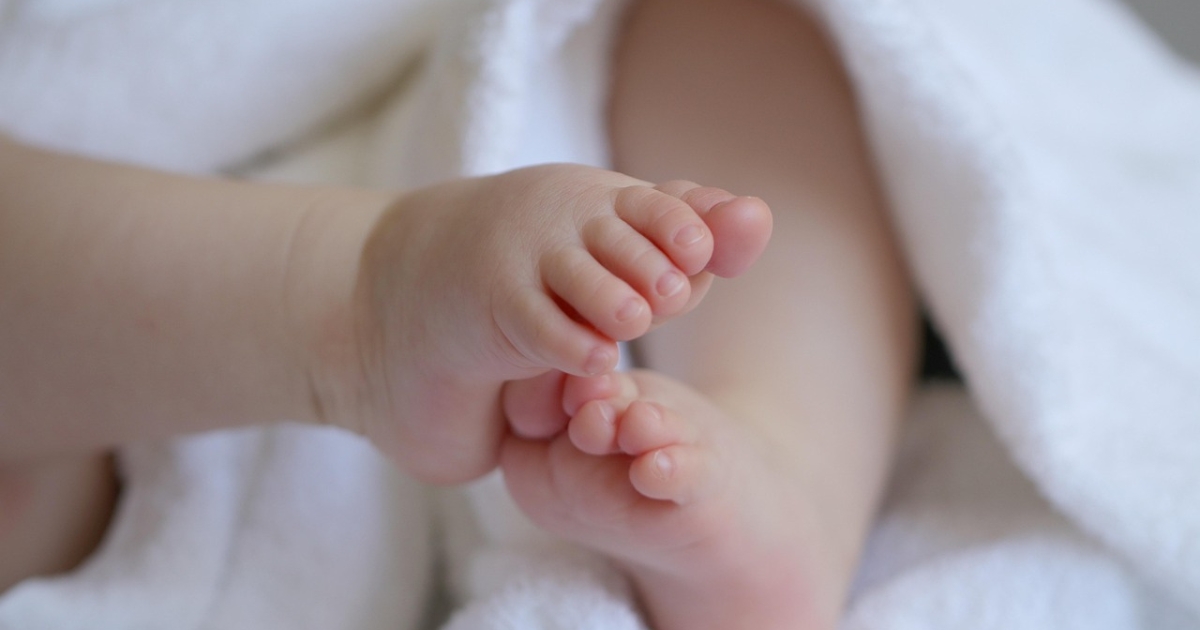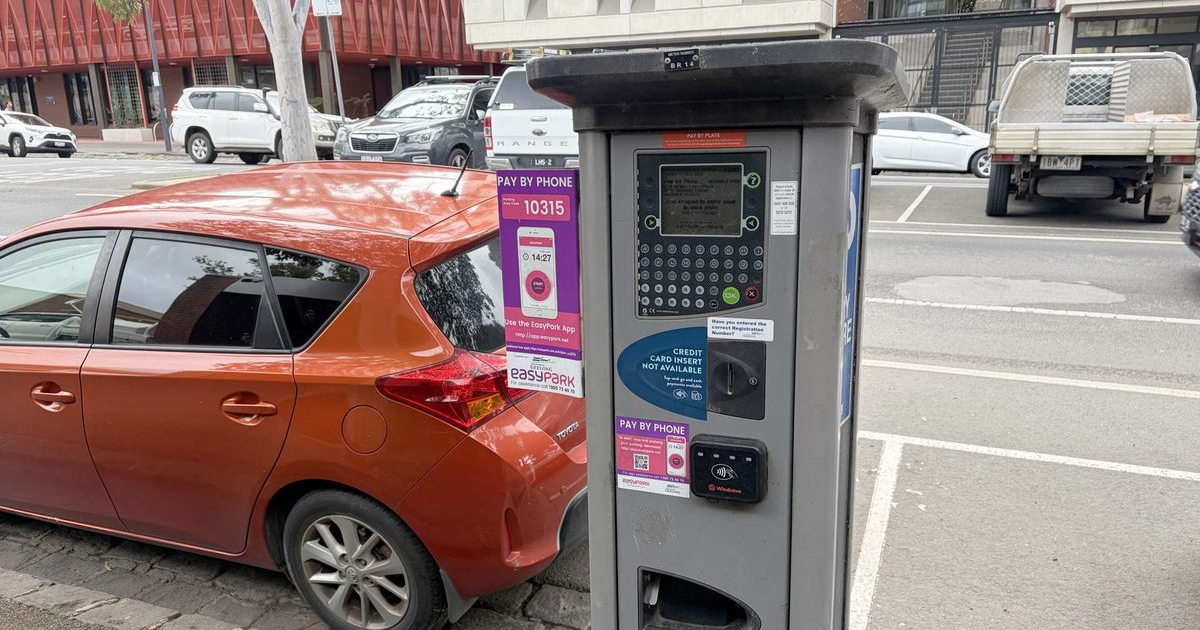Record birthrate reached in Geelong

Geelong has experienced a significant amount of growth in births, with its highest number ever recorded in the last year. Photo: PIXABAY
GEELONG has recorded its highest numbers of births on record as numbers around the region start to bounce back from last year’s baby recession.
KPMG Australia’s latest analysis shows birth numbers around the country are starting to recover, climbing 2.6 per cent in the last year.
Geelong’s birthrate experienced a significant growth with 4120 births in 2024, up 7.6 per cent from 2023.
KPMG urban economist Terry Rawnsley said rising rents, mortgage payments and childcare costs were hampering people’s plans to start or grow their family in metro areas.
“Instead, regional communities are continuing to emerge as popular places to live, work and raise a family, with affordability now top of mind for many Australians,” he said.
“The strong birthrates outside the cities are in part a consequence of the great migration we saw during the pandemic, which encouraged many Australians to leave city lockdowns for a better lifestyle in the regions.
“The regions are now feeling the long-term benefits of that migration as their relative affordability has allowed them to retain those people who have put down roots and are starting families.”
The improved numbers around the country still sit below Australia’s levels before the pandemic and below where needed to ensure balanced population growth.
It is expected that it will still be some time before the country exceeds the 350,000 figure needed, but it is predicted the birth rate will reach 300,000 over the next year.
KPMG attributes the birthrate to economic pressures, with disposable income changes having a significant impact.
Birthrates temporarily spiked during the initial COVID recovery, due to low unemployment and government stimulus.
“The rising cost-of-living pressures in 2022 and 2023 triggered a significant ‘baby recession’, with births dropping by 5.1 per cent during that time,” Mr Rawnsley said.
“Encouragingly, the growth in disposable household income per capita in 2024 suggests there’s cause for optimism that birthrates will recover further.”
Other regional cities around Australia that experienced an increase in birthrates included Cairns, Townsville, Newcastle, Gold Coast, Sunshine Coast, Wollongong and Darwin.

















